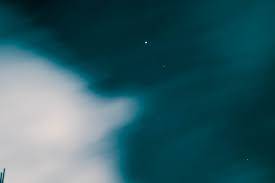“Suppose a bird fancier collects a flock of tame pigeons distinguished by all the infinite ornamentations of their race. They are of all kinds, of every shade of color, and adorned with every variety of marking. He takes them to an uninhabited island and allows them to fly off wild into the woods. They found a colony there, and after the lapse of many years the owner returns to the spot. He will find that a remarkable change has taken place in the interval. The birds, or their descendants rather, have all become changed into the same color. The black, the white and the dun, the striped, the spotted, and the ringed, are all metamorphosed into one—a dark slaty blue. Two plain black bands monotonously repeat themselves upon the wings of each, and the loins beneath are white; but all the variety, all the beautiful colors, all the old graces of form it may be, have disappeared. These improvements were the result of care and nature, of domestication, of civilization; and now that these influences are removed, the birds themselves undo the past and lose what they had gained. The attempt to elevate the race has been “mysteriously thwarted. It is as if the original bird, the far remote ancestor of all doves, had been blue, and these had been compelled by some strange law to discard the badges of their civilization and conform to the ruder image of the first.”
“It is a proof of the universality of this law that the same thing will happen with a plant. A garden is planted, let us say, with strawberries and roses, and for a number of years is left alone. In process of time it will run to waste.”
“But this does not mean that the plants will really waste away, but that they will change into something else, and, as it invariably appears, into something worse; in the one case, namely, into the small, wild strawberry of the woods, and in the other into the primitive dog-rose of the hedges.”


